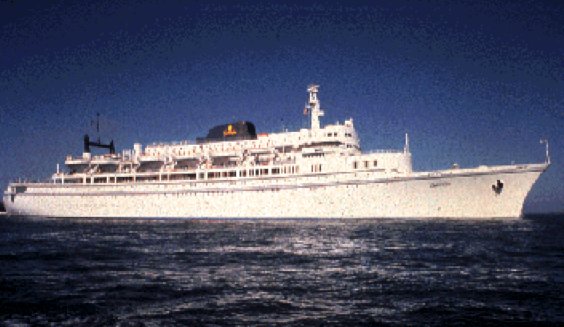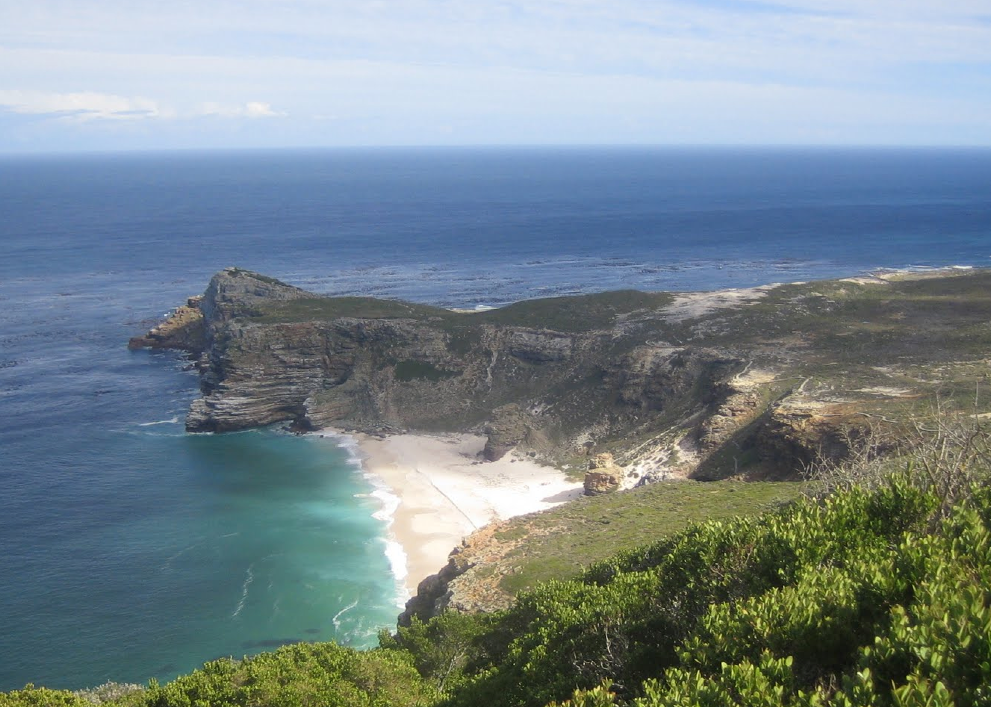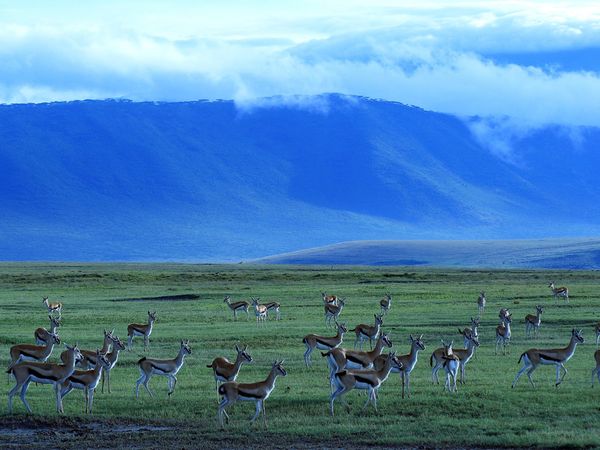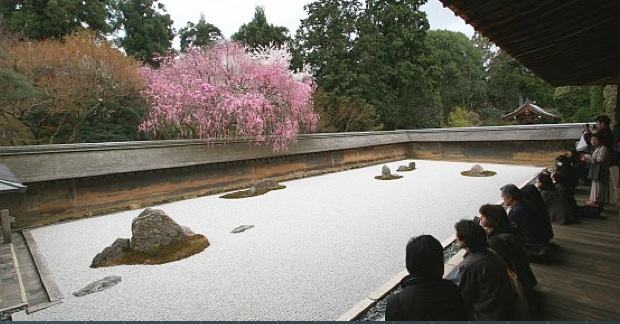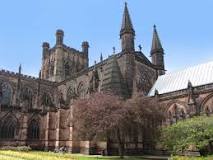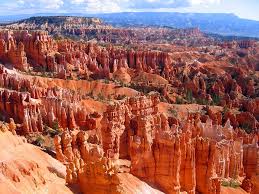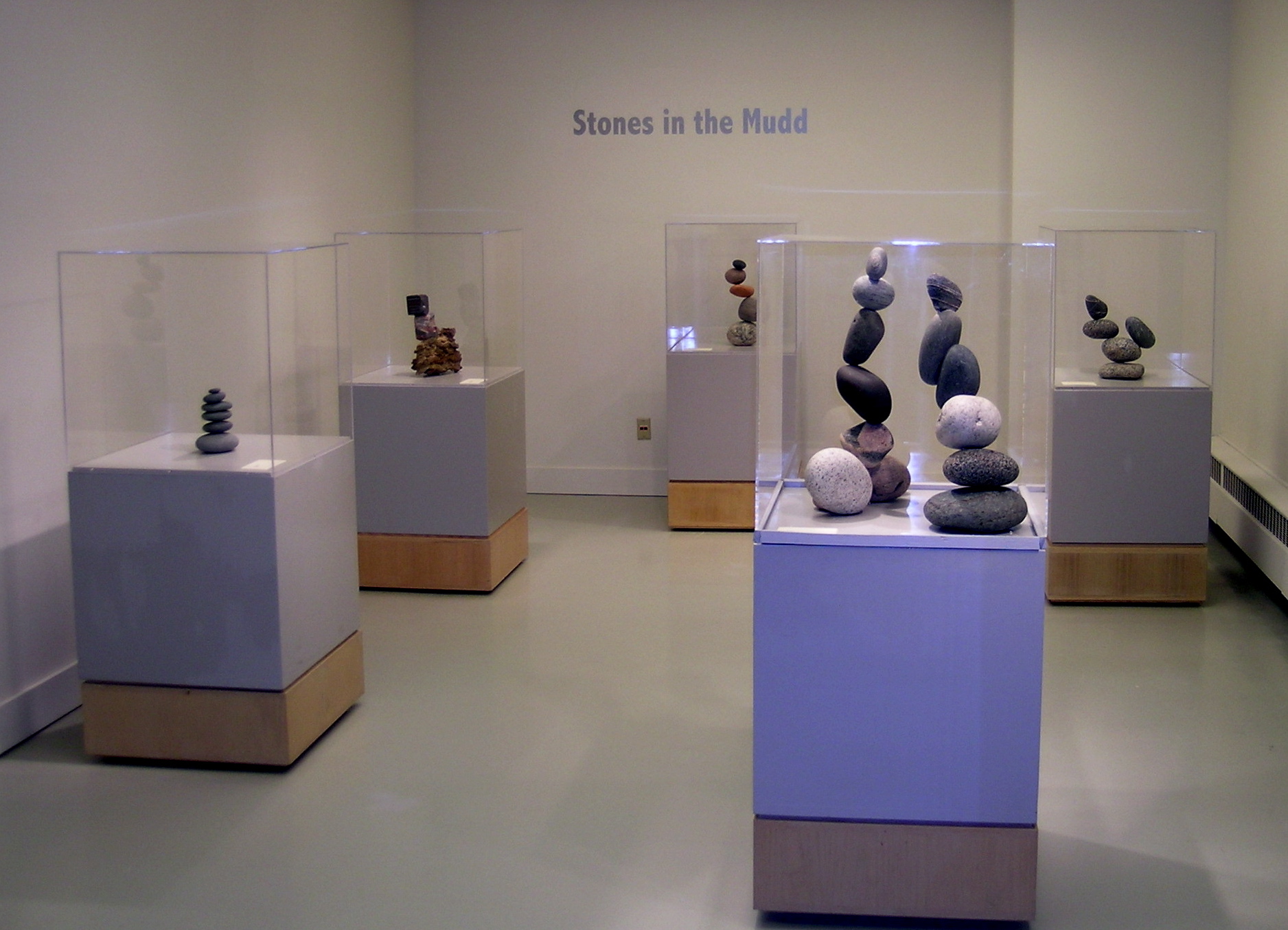I was fortunate to be part of the 1996 faculty of Semester at Sea. Carol and I enjoyed a truly life-changing experience.
“Semester at Sea is a multiple country study abroad program open to students of all majors emphasizing comparative academic examination, hands-on field experiences, and meaningful engagement in the global community. A wide variety of coursework from 20-25 disciplines is integrated with relevant field studies in up to a dozen countries, allowing for a comparative study abroad experience that is truly global. Students from 250-300 colleges in the United States and the world participate on Semester at Sea each term. Credit earned is transferable to a student’s home institution.”
– See more at:
http://www.semesteratsea.org/discover-sas/#sthash.j0zdLe4K.dpuf
Itinerary
- Nassau, Bahamas
- La Guaira, Venezuela
- Salvador, Brazil
- Cape Town, South Africa
- Mombasa, Kenya
- Ho Chi Minh City, Vietnam
- Manila, Philippines
- Hong Kong
- Kobe, Japan
- Seattle, Washington
A few favorite images:
Cape of Good Hope, South Africa
 Taal Volcano is a complex volcano located on the island of Luzon in the Philippines. It is the second most active volcano in the Philippines
Taal Volcano is a complex volcano located on the island of Luzon in the Philippines. It is the second most active volcano in the Philippines
Kyoto, Japan
1996 – One of the first things I did after Semester at Sea was the ‘Spirit of Place’ kayak trip on Lake Superior from Big Bay to Marquette. It included daily tai chi, kayaking and evening reviews of the Ojibway creation story, some initial writings by the Jesuits along with the first geological interpretation and a novel set in the area.
1998 – In 1998 Al Swanson and I went on a Colorado River float trip led by our Augie classmate, John Warme. We had lots of exciting hikes up side canyons with fabulous scenes and some scary traverses.
Here the color contrast marks the entry of the Little Colorado into the Colorado River. We hiked up the Little Colorado and rode rapids downstream.
The river trip concluded just below the very exciting Lava Falls. There we were lifted out by helicopter and flown by four passenger planes back to the starting point and our parked cars. Tremendous experience!
1998 & 2000 – London . Carol and I shared an apartment formerly used by Lawrence faculty before the LU London campus changed locations. First with Mary Poulson and Greta Rogers and then with Judy and Austin Boncher. We really enjoyed soaking up London, and not just in the pubs. On a ‘Legal London’ walk we were led by the owner of the London Walks business, a former Wisconsin farm boy who after WWII married a London woman and they formed the company. We made the Cambridge and Oxford side trips and Carol and I went to Wales to see where Carol’s mother lived. We also went to Chester where her ancestor, Bishop Jayne, was the Bishop of Chester Cathedral. Francis John Jayne (1 January 1845 – 23 August 1921) was a British bishop and academic.
A devoutly religious man, he became Bishop of Chester in 1889, a position he held until 1919.
2001 – Carol and I made a Scandinavian trip along with her brother Russell and his wife. We were to meet then in Copenhagen but I planned the trip using a first time three country pass offered by Eurail. We chose Germany, Denmark and Sweden for
five days. Thus we had to be quick! I picked the red eye flight to Frankfort, jumped the train to Copenhagen and arrived with and tired and unhappy spouse. All the rest went well enjoying the touring time in Copenhagen and Stockholm. At Helsingborg we spent time with Carol’s Swedish relatives along with more delightful cultural vistas.
We took the ferry over to Denmark and traveled by rail to Bremen for an overnight. Next morning the train took us to a stop where we could hike to a Rhine River Cruise stop. (Aside- not knowing it when I booked it, the Eurail pass included the River Cruise …what joy!)
2003 – September 9 Hole in one, no. 11 at Reid!
Lots of additional travel, with Winter getaways to Arizona, especially to the artist mecca, Scottsdale.
2005 – This trip we took with Rik and Margot Warch. It started and ended in Scottsdale.
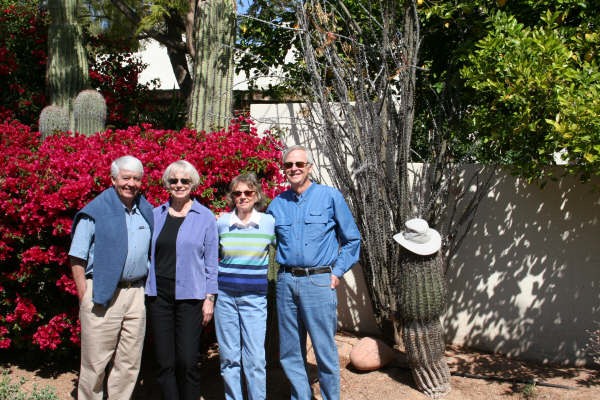 Our trip included Nevada, California, Utah and, of course, Arizona. Overnights were spent at Las Vegas, Death Valley and others in southern Utah where we toured Bryce and Zion National Parks.
Our trip included Nevada, California, Utah and, of course, Arizona. Overnights were spent at Las Vegas, Death Valley and others in southern Utah where we toured Bryce and Zion National Parks.
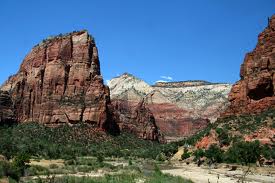 We included many more stops within the Grand National Staircase befpre returning to Scottsdale.
We included many more stops within the Grand National Staircase befpre returning to Scottsdale.
What a marvelous trip that was!
Another 2005 visit to one artist’s display led to my attempt to incorporate Lake Superior stones into into some sculptures. To my great surprise my efforts led to this:
Stones in the Mudd
The Opening Exhibit of the Sculptures of John Palmquist
January 6, 2006
Introductory Remarks by Richard Warch are included here as an example of the clever and effective use of humor employed by Lawrence’s fourteenth president
As one of the first people not a member of the Palmquist family to admire John’s sculptures and as probably the only person outside the family to own one, I am pleased that he has asked me to say a few words to launch this evening’s august occasion. To begin, then, welcome to the first art show in the Mudd Gallery in the Winter Term, the third in the 2005-2006 academic year. This evening we are privileged to participate in the opening of John Palmquist’s inaugural exhibit entitled, aptly, “Stones in the Mudd.” It is certain to be the first of many, as galleries near and far learn of and compete to display this artist’s work.
As some of you may know, I—and a few others—have been having some fun with John’s newfound passion, though I want to assure you that doing so has been at his provocation and with his permission. It began with my riff on his artist’s statement, which became the review posted on the web page for this exhibit. Not content with that, John just kept provoking. About a month ago, it was by sending a copy of a letter from the law firm of Dewey, Cheatem and Howe, which represented the California artist Woods Davy, who was suing John for copyright infringement. That, of course, deserved a spirited reply, which I provided from the highly regarded Upper Peninsula law firm of Yoop, Yoop, and Oyvey. A few weeks ago, John struck again when he emailed the following: ‘While driving to the cities [for Christmas], I’m sure your brain will dream up some sort of play on the fact that January 6 is Epiphany and that an epiphany could be worked in somewhere.” And three days ago, he emailed again—this time to share a message he had sent initially to Tim Riley—to tell me that his first sculpture was executed (no pun intended) fifty years ago, during his senior year at Augustana, in case I might want to make reference to that fact.
Well, not to disappoint John—though perhaps to alarm Carol—I have taken him up on his suggestions. Epiphany, we all know, is a Christian feast day, an observance that had its origins in the eastern Christian churches and marks the birth of Jesus, the visit of the three magi, and all of the events of Jesus’ childhood up to his baptism. According to a website with the delightful name “Homily Grits,” “the English called the Epiphany Twelfth Day, which name the Germans applied to the Eve, and in Sweden they varied in what they called it, depending perhaps on how much glügg they had shared.” Oh those hard-drinking Swedes! In any case, and in the main, Epiphany represents the divine manifestation of Jesus to the Gentiles, as represented by the magi, but the word also has some related and derived meanings, to wit: a sudden manifestation of the essence or meaning of something, or a comprehension of reality by means of a sudden intuitive realization—as when John, upon seeing the works of Woods Davy, had an epiphany that his reality could emulate Davy’s.
But as I learned in searching the web, John may have had other things in mind when he called my attention to epiphany. Perhaps he was hoping I’d buy him a bottle of wine from Epiphany Cellars; or put him in touch with Metta Zety, who has an extensive personal web page devoted to her “Epiphany at the Rodeway Inn.”; or point him toward the Lilac Gem Epiphany Chandelier Belly Ring, which one can find for sale on Shopping.com; or hum “Holding Up the Light,” a rock ballad composed for Epiphany. But then I realized what he really had in mind was that I register him with an outfit called Art Epiphany; as the company’s promotional advertisement says, “it’s time for a change in the online art market and nobody does it better than Art Epiphany.” As a member, John can “explore new dimensions in selling art” and “expand [his] horizons as an artist, reach new prospects and defy the odds.” And the blurb ends with these irresistible enticements:
“Sell your artwork
Promote yourself
Promote your art
Maximize your potential
Make friends and have fun”
Well, as those of us who know John can attest, he is not wanting for friends or for having fun, he is too modest to promote himself, though perhaps he can use some help in selling his artwork. Woods Davy seems to have locked up the Bentley Gallery on Marshall Way in Scottsdale, so maybe online sales are the way for John to go.
To date, John has, to my knowledge, made no sales, though his daughter Kirsten has—in a November 28 email—instructed him to start at $300. I think she meant for each sculpture, not per stone. And that is not an unreasonable aspiration, and it indicates just how far John has come as an artist. I mentioned a moment ago that his first sculpture dates from his senior year at Augustana, when he took an art class from Egon Weiner. Now I’ll bet none of you has heard of Egon Weiner, but he was born in Austria in 1906, emigrated to the United States in 1938, taught at the Art Institute of Chicago and periodically at Augustana College, has a number of sculptures on display in Chicago, and was a member of Chicago’s Augustana Lutheran Church, whose Columbariuim contains his ashes. In a listing of his artistic characteristics, he is cited as a sculptor who worked in a realist/representational style, and whose preferred subjects were the human head and portrait busts. Which leads us to John’s senior-year art class.
In it, John created a piece which he describes—I have to believe whimsically, as you will all see in a moment—as a “wooden carving of a Napoleonic figure.” I’ll let you make your own judgment here, but to me it looks more like a cross between a troll and Yoda. When I inquired about the work, John replied as follows: “It is made of wood. I think it was a porch post. It is reddish brown in color. Walnut or redwood or something? He was carved with hammer and chisel like a real sculptor.” His children named the piece “Sam,” a moniker it retains to this day, where it serves as the target for John’s living room putting practice and makes, so he says, a satisfying “tonk” when the golf ball hits the mark.
Well, John’s artistic talents lay fallow for almost half a century, though I suppose one could argue that he spent his professional career as a geologist learning and loving the beauty of rocks, so he was, perhaps unwittingly, developing his aesthetic appreciation for geological forms and the creative use to which they could be put. Two years ago, he first saw the works of Woods Davy at the Bentley Gallery in Scottsdale, and was inspired by them. He began collecting the Lake Superior stones that make up the majority of his sculptures in the summer of 2004 and began creating his sculptures during Winter Term last year.
With John, I have seen some of Davy’s works, which consisted in that instance of assemblages of very large boulders; some of his recent public commissions measure 20 by 35 by 45—and those are in feet. But Davy has also executed pieces using smaller stones, though the finished works are tall, to say the least; one stands at 70 inches high, another at 112 inches. At those dimensions, Davy found that his works were of a scale that did not fit in his house, so he built a new one that suits his needs perfectly and features a large space that serves as studio, gallery, living space, and sculpture garden all rolled into one. By contrast, John’s works may be found arrayed at various places at 8 Arbor Lane, where they fit the setting quite comfortably. Carol is not encouraging him to try larger projects.
What began as what might be thought of as an idle pastime has certainly transcended that early designation. John is, as Kirsten has written, the “master of stones” and now not only as a geologist. As John himself said, “Nearly fifty years [after that class at Augie] I have taken up sculpting again. The blending of geology and art supports President Beck’s Arts Bridge, eh? Just a thought.”
It’s a good thought. And now, ladies and gentlemen, it is a privilege and pleasure to turn you over to the author of that thought and the creator of Stones in the Mudd, John Palmquist.
To pursue the Stones in the Mudd, select the following:
The main page: “Stones in the Mudd”
https://www.lawrence.edu/library/inside/art/gallery/stones
Subpage: “About the Artist”
https://www.lawrence.edu/library/inside/art/gallery/stones/artist
Subpage: “The Artist & His Work”(includes pictures of the sculptures)
This one will give the reader another glimpse of Rik’s droll humor and his way of playfully teasing and digressing into various characteristics of his subject.
https://www.lawrence.edu/library/inside/art/gallery/stones/warch

